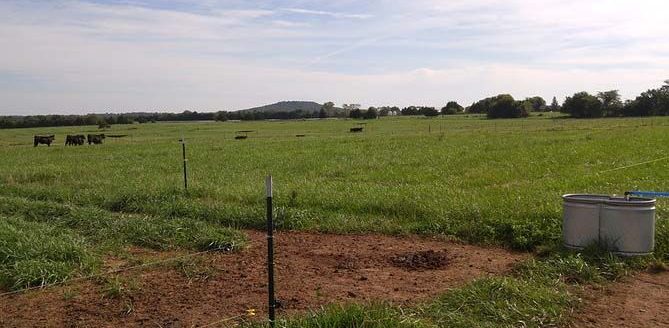Looking ahead to the grazing season
According to KSU Range Scientist Keith Harmoney, the old “take half and leave half” rule of grazing management is probably the most common and most important rule of thumb for rangeland managers to follow. What does it really mean, though?
Years of grazing studies have shown that animal performance and vegetative production are both at near optimal levels when grazing removes approximately 50% of the growing season’s top growth. This is also the level of removal that can be sustained over long periods of time without causing detrimental animal or forage production issues. At this level, the animal is using 25%, with the other 25% disappearing as a consequence of trampling, weathering, and other factors.
What about the other 50%? That’s the half that helps the stand remain sustainable. The remaining leaves are used for photosynthesis, resulting in new leaf material, increased root growth, and storage of carbohydrates for the dormant season so grasses kicked off the next growing season. Leave less than 50%, and you may well sacrifice the ability of the plant to fully recover as needed for long term sustainability of the stand.
Don’t think you can make the enterprise cash flow without making money? Research also shows that overgrazed pastures tend to produce lower net returns than pastures that are stocked at a moderate rate using the take half and leave half concept. It might seem like you are gaining some value from increased stocking rates on the front end, but the result is often a reduction in quality and quantity over time that isn’t sustainable.
We’re not to turn out yet. Now is a great time to take one last look at stocking rates and even emergency grazing management plans so adjustments can be made that results in long term forage stand health as opposed short term.


